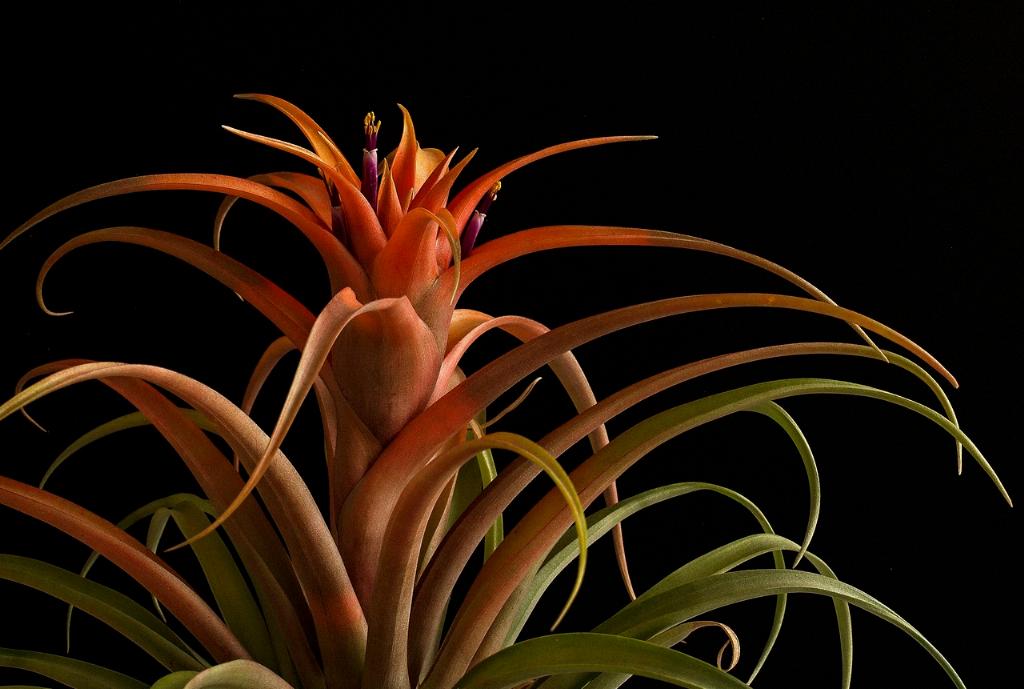When it comes to growing succulents in water, there are a few key factors to consider in order to ensure the success of your plants. One important thing to keep in mind is that the end of the succulent does not actually go into the water, but should hover just above it. This will help prevent the roots from becoming waterlogged and rotting.
When choosing a container for your succulent, opt for one that will hold the plant in place securely. It is also beneficial to use a container that is see-through, so you can easily monitor the water level and ensure that the stem isn’t touching the water. This will help prevent the plant from absorbing too much moisture and potentially developing issues.
Before placing your succulent in water, it’s essential to remove any excess soil from the roots. This will help prevent the water from becoming murky and reduce the risk of bacterial growth. Gently rinse the roots under running water to remove the soil, being careful not to damage them in the process.
Once you have prepared your succulent for water propagation, fill your chosen container with room temperature water. Make sure to use distilled or filtered water, as tap water can contain chemicals that may be harmful to the plant. Place the succulent in the container, ensuring that the stem is positioned just above the water line.
It’s important to change the water regularly to prevent stagnation and ensure that the plant has an adequate supply of nutrients. Replace the water every 2-4 weeks, or whenever it starts to look cloudy or discolored. This will help prevent the growth of algae and other harmful organisms.
Provide your succulent with bright, indirect sunlight to promote healthy growth. Place the container near a sunny window or under a grow light to ensure that the plant receives enough light. Avoid placing the succulent in direct sunlight, as this can cause the leaves to become sunburned and damaged.
Monitor the water level in the container regularly to ensure that the plant is receiving enough moisture. If the water evaporates quickly, refill the container with fresh water to maintain the proper water level. It’s important to keep the water level consistent to prevent the roots from drying out.
While growing succulents in water can be a fun and rewarding experience, it’s important to keep in mind that not all succulent species are well-suited to this method of propagation. Some succulents may not thrive in water and may prefer to be grown in soil instead. Research the specific needs of your succulent species before attempting water propagation.
Keep an eye on the overall health of your succulent while growing it in water. Watch for any signs of overwatering, such as yellowing or wilting leaves, and adjust your care routine accordingly. If the plant begins to show signs of stress, consider transitioning it to soil to provide a more suitable growing environment.
Water propagation can be a great way to propagate succulents and create new plants from cuttings. Experiment with different succulent varieties to see which ones thrive in water and which ones prefer traditional soil propagation. Enjoy the process of watching your succulents grow and flourish in their new environment.
In conclusion, growing succulents in water can be a fun and rewarding way to propagate these unique plants. By following the proper care instructions and providing your succulents with the right environment, you can successfully grow healthy and vibrant succulents in water. Experiment with different containers, water levels, and lighting conditions to find the perfect growing setup for your succulents.

